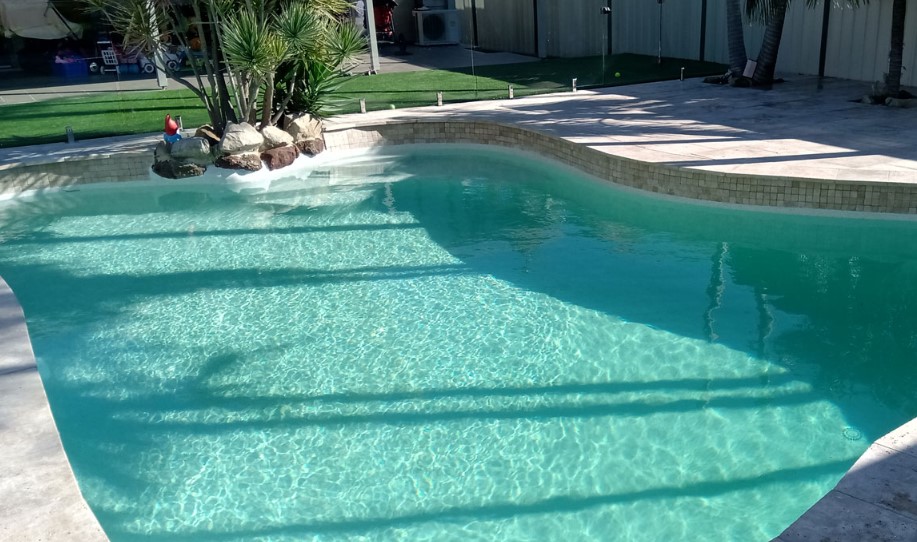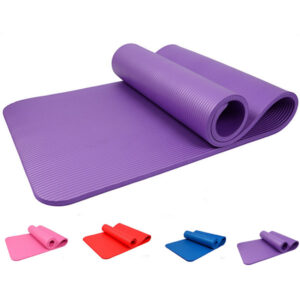Commercial pool remodeling is a process that involves renovating, upgrading, or enhancing the appearance, functionality, and safety of a commercial swimming pool. It can range from minor cosmetic changes to comprehensive overhauls. Here are the key steps involved in commercial pool remodeling:
-
Assessment and Planning:
- Start by assessing the current condition of the pool and identifying the specific areas that need attention. Determine the scope of the project, including whether it’s a cosmetic update, structural repairs, or a complete renovation.
- Create a detailed plan that outlines the changes, budget, timeline, and materials needed for the project. Consider factors like local regulations, safety standards, and the pool’s intended use.
-
Design and Aesthetics:
- Decide on the design and aesthetic changes you want to make. This could include updating the pool’s shape, adding new tile, plaster, or decking, or incorporating new features like waterfalls, fountains, or lighting.
- Consult with a pool designer or architect to help you create a cohesive and visually appealing plan.
-
Structural Repairs:
- Address any structural issues, such as pool shell cracks or leaks. Repair or reinforce the pool’s structural elements to ensure safety and longevity.
-
Resurfacing and Refinishing:
- Consider resurfacing or refinishing the pool with a new coating or material. Popular options include plaster, aggregate finishes, and tile. Choose a finish that aligns with your design and functional goals.
-
Deck and Surrounding Area:
- Enhance the pool’s appearance by updating or expanding the pool deck. Choose materials that are slip-resistant, durable, and aesthetically pleasing.
- Add new landscaping, seating, and shading options to improve the overall pool area.
-
Plumbing and Equipment:
- Upgrade or replace outdated plumbing, filtration systems, pumps, and other pool equipment to improve energy efficiency and water quality.
-
Safety Features:
- Ensure that the pool complies with current safety standards. Install safety features such as handrails, safety gates, and anti-entrapment drain covers if necessary.
-
Lighting and Automation:
- Upgrade the pool’s lighting to enhance its visual appeal and safety. Consider energy-efficient LED lighting. Implement automation systems to control pool equipment, lighting, and temperature.
-
Accessibility:
- Make the pool area accessible to people with disabilities by adding ramps, lifts, or other accommodations as required by law.
-
Water Features:
- Consider adding water features like fountains, waterfalls, or a spa to enhance the pool’s aesthetics and recreational value.
-
Permitting and Approvals:
- Ensure that your remodeling project complies with local building codes and regulations. Obtain any necessary permits and approvals.
-
Construction and Installation:
- Hire experienced contractors who specialize in commercial pool remodeling to carry out the planned work. Ensure that the work is done in compliance with the design and specifications.
-
Final Inspection:
- Have the renovated pool inspected by local authorities to ensure it meets safety and building code requirements.
-
Regular Maintenance and Operations:
- Establish a maintenance routine for the remodeled pool. Regularly clean, test, and maintain the pool and its equipment to ensure long-term performance and aesthetics.
Commercial pool remodeling can revitalize your pool area, making it more attractive and functional for your patrons. It’s essential to work with experienced professionals, including pool contractors, designers, and engineers, to ensure a successful project that complies with local regulations and safety standards.

















